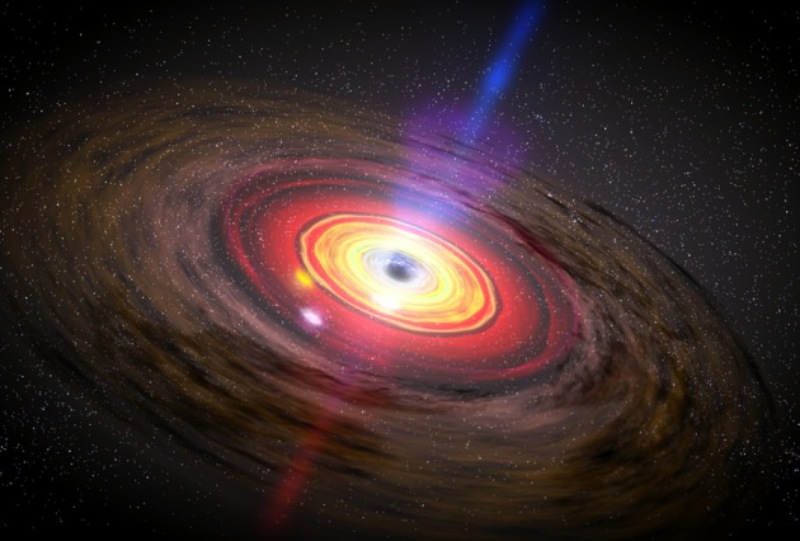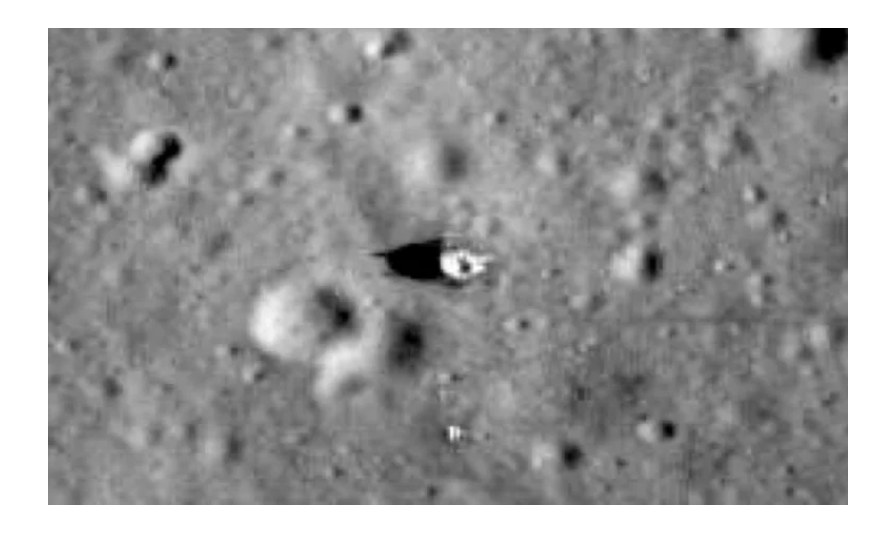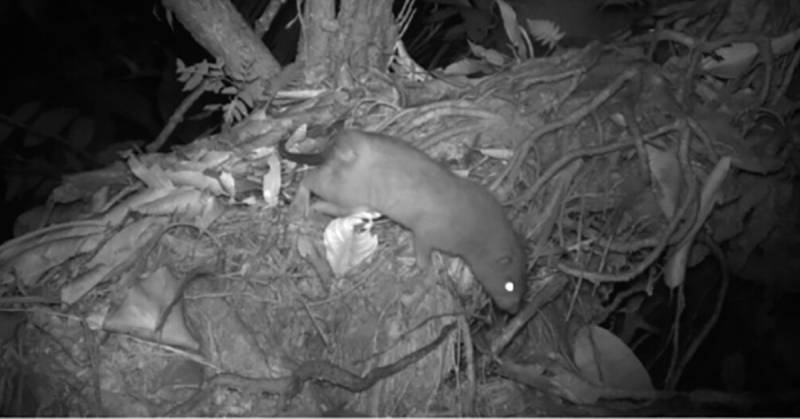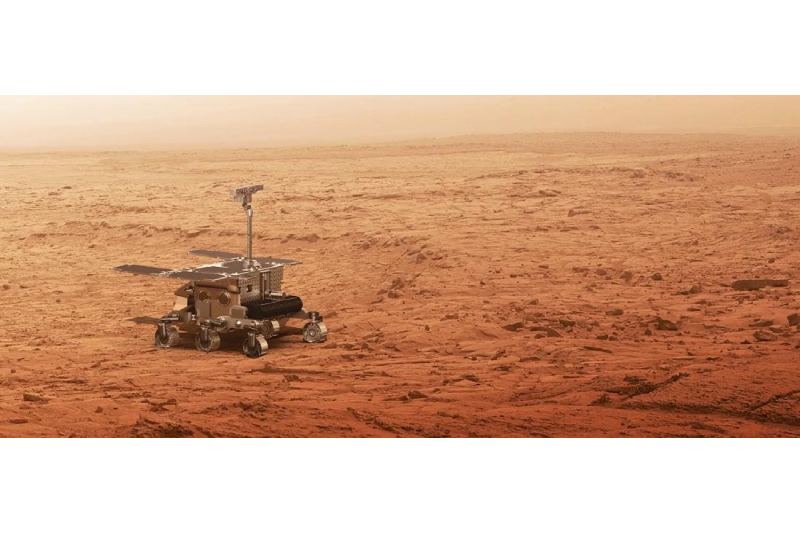The oldest black hole ever detected has been found to be ‘eating’ its host galaxy to extinction, according to research, and it dates back to the beginning of the universe.
The black hole was discovered by an international team led by the University of Cambridge using the NASA/ESA/CSA James Webb Space Telescope (JWST). The black hole was formed more than 13 billion years ago, 400 million years after the Big Bang. According to main scientist Professor Roberto Maiolino, the findings represent “a giant leap forward,” and they are published in the journal Nature.
Our understanding of how black holes emerge and grow is challenged by the fact that this very enormous black hole—a few million times the mass of our sun—exists at such an early stage in the universe. The supermassive black holes that are located at the centers of galaxies like the Milky Way are thought to have grown to their present size over billions of years, according to astronomers. However, the size of this recently found black hole raises the possibility that they could form in different ways, such as being “born big” or having the ability to consume matter at a rate five times faster than previously believed.
Supermassive black holes are thought to originate from the collapsed remnants of dead stars, which can have a mass of up to 100 times that of the sun. This is based on mainstream models. This newly discovered black hole would take approximately a billion years to reach its observed magnitude if it expanded in the predicted manner. But when this black hole was discovered, the cosmos had not yet reached a billion years old.
The oldest black hole ever identified has been found at the heart of the galaxy GN-z11, according to data from the James Webb satellite telescope.
“It’s very early in the universe to see a black hole this massive, so we’ve got to consider other ways they might form,” Maiolino, of Cambridge’s Cavendish Laboratory and Kavli Institute of Cosmology, stated. “Very early galaxies were extremely gas-rich, so they would have been like a buffet for black holes.”
This newborn black hole, like other black holes, is growing by consuming matter from its host galaxy. However, it is discovered that this old black hole consumes matter far more quickly than its siblings did at later epochs.
The central black hole of the young host galaxy, known as GN-z11, emits light. Black holes are invisible to the naked eye, but they can be identified by the distinctive glow of an accretion disk that is swirling and forms close to their edges. As the gas in the accretion disk gets very hot, it begins to glow and emit ultraviolet light. Astronomers can identify black holes by their intense light.
the first picture of the black hole at the center of the Messier 87 galaxy, or at least the light around its darkness.
Though GN-z11 is a compact galaxy, it is probably being hampered by the black hole, being roughly 100 times smaller than the Milky Way. Gas is pushed away by black holes like a very quick wind when they take in too much of it. This “wind” has the potential to halt star formation, thereby destroying the galaxy. However, it will also destroy the black hole since it will cut off its supply of “food.”
According to Maiolino, this is the most exciting moment of his career because of the enormous advancement that JWST has brought about. “It’s a new era: the giant leap in sensitivity, especially in the infrared, is like upgrading from Galileo’s telescope to a modern telescope overnight,” he stated.”Before Webb came online, I thought maybe the universe isn’t so interesting when you go beyond what we could see with the Hubble Space Telescope. But that hasn’t been the case at all: the universe has been quite generous in what it’s showing us, and this is just the beginning.”
According to Maiolino, the sensitivity of JWST suggests that in the upcoming months and years, even older black holes might be discovered. In an effort to clarify the various ways that black holes might form—whether they begin large or grow quickly—Maiolino and his team plan to utilize upcoming JWST observations to search for smaller “seeds” of black holes.




